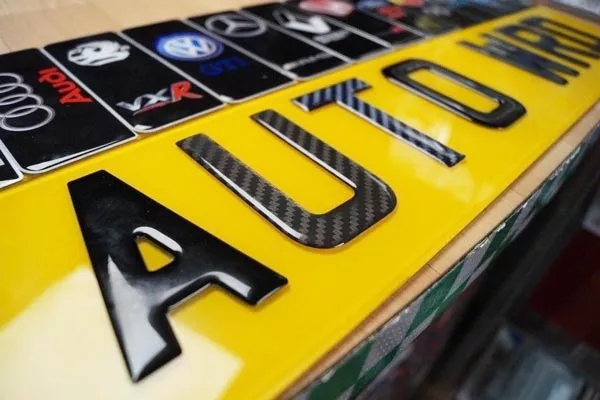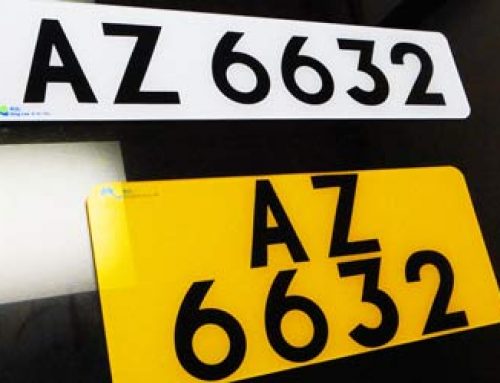What Size Is a Car License Plate?

What size is a car license plate? The most common size is 12 inches by six inches, and in some states, these measurements vary slightly. In Maryland, the license plate size is four-and-a-half inches, or 110 by 180 millimeters. Puerto Rico also issues European-size plates, although they cost extra. In other states, however, there are no official standards. Therefore, if you’re unsure of the proper size, we recommend that you ask your local bureau of motor vehicles for guidance.
12 inches by 6 inches
A 12 inches by six inches car license plate can be personalized for your vehicle. It can be personalized to say “FOR YOU” in two different ways. You can choose to have the date embossed on the plate or leave it blank. You can also choose to have an original California sticker vignette etched on it. These license plates will make for a stunning addition to your car’s exterior. These license plates can be used for many occasions, including car shows, garage decorations, or souvenirs.
Generally, the size of a license plate is the same throughout the US. In the past, there wasn’t a standardized size for license plates, so vehicle owners would make their own. A plate was typically made from iron or metal, and often included the owner’s name. In 1910, Massachusetts became the first state to issue standardized license plates. The size is now the same across the country, with slight differences according to the needs of different jurisdictions. For example, the Northwest Territories uses a polar bear license plate.
Standard size screw for a license plate
There are a few important things you need to know about screws when installing a car license plate. The screw size should be the same for all types of car license plates, and in some cases, the standard size is not the same as the manufacturer’s recommended screw. You should also get familiar with the various screw heads, as not all screws have the same reading. To identify the correct screw size for your license plate, you should measure the screw width and length. To do this, simply place the ruler over the license plate and measure the space between each hole. You should measure the distance between the two holes and use the ruler to find the right length and width.
If you’re unsure what size screw to buy, you can always look on eBay. Most of these screws are under $1 or $2 apiece and are usually stocked in parts departments. If you’re having difficulty finding these screws online, the manufacturer’s website may be a good option. You can also try looking in local dealership parts departments. There, you’ll likely find them on eBay or Amazon.
Other sizes
Before there were standard car license plate sizes, vehicle owners used stencils to paint the numbers on their front end. Today, most states follow the same standard size, but not every state does. Luckily, there are more companies than ever making license plates that are available in various sizes. With more companies producing them, you should have no problem finding one that fits your vehicle’s size. Here are a few different ways to find a plate that matches your personality.
Currently, most car license plates are about 6 by 12 inches, but some states and regions use different sizes. You should also know that in most countries, you are required to have number plates on both the front and rear of your vehicle. As such, the size of your plate will depend on where you live and the type of vehicle you drive. If you plan to move from one state to another, you may want to purchase a larger plate.
Colors
Different countries have different colors for their license plates. However, the EU number plate is blue in color, with the EU motif (12 yellow stars) and the country code on the left. The lettering on the plate is black on a yellow or white reflective background. Here are some tips on choosing car license plate colors:
Older plate serials consist of three numbers followed by three letters. A to Z, except for Q and O, have a white background with black letters and numbers. They were commonly made by the British Protectorate of Bechuanaland. These older plates have different colors for the letters and numbers, but the design remains the same. Listed below are some examples of license plates from the past. To know which color your license plate is, visit the official website of your state’s motor vehicle office.
Weight
The weight of a car license plate depends on several factors. Weight is a factor for both commercial trucks and passenger vehicles. While they can be issued a 10,000-lb. plate, they cannot exceed that weight with a loaded vehicle. Weight requirements for trailers are set by the federal motor carrier regulations. To avoid being towed behind a semi-truck, a trailer must have brakes and weigh no more than 40 percent of the GVWR.

